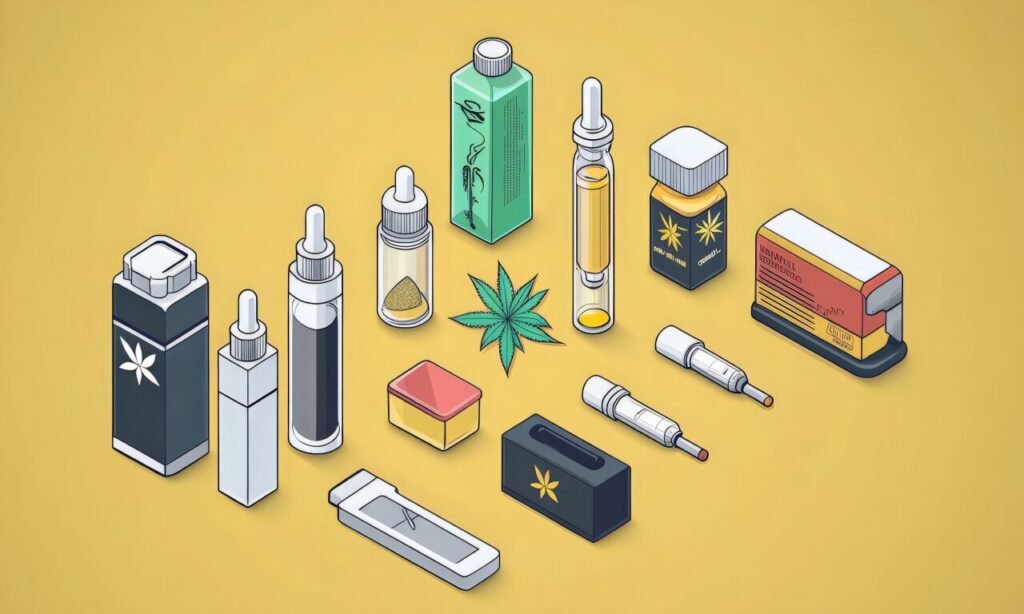A groundbreaking study conducted by researchers at UBC Okanagan has introduced the Index of Cannabis Equivalence (ICE), a novel approach to standardizing cannabis dosing across various consumption methods. Published in the Journal of Psychoactive Drugs, this study marks a significant advancement towards establishing cannabis dosing guidelines comparable to the standard drink for alcohol.
Dr. Zach Walsh and Dr. Michelle St. Pierre developed the ICE to address the challenge of varying psychoactive effects produced by different cannabis consumption methods. Dr. St. Pierre, a member of the Therapeutic, Recreational and Problematic Substance Use Lab, explains that the ICE provides user-informed equivalencies grounded in psychoactive effects. This framework aims to help individuals make informed decisions and better manage their cannabis use.
The ICE proposes equivalencies for “low-dose” cannabis consumption based on user-reported experiences. Data analysis from over 1,300 participants aged 18 to 93 revealed the following low-dose equivalents:
– Two puffs from a joint, pipe, or vaporizer
– One 5 mg THC edible
– A quarter dab of concentrate
– One bong hit
These equivalencies are tailored to individuals with low tolerance for cannabis, prioritizing safety and accessibility, especially for new or infrequent users. Dr. Walsh, from UBCO’s Department of Psychology, emphasizes that the ICE can support harm reduction, public health initiatives, and consumer education while enhancing consistency in research and policy.
For more information, the study titled “The Index of Cannabis Equivalence (ICE): A User-Centered Approach to Standardization of Cannabis Dose–Response” was published in the Journal of Psychoactive Drugs in 2025. The DOI for the study is 10.1080/02791072.2025.2449932.
This research was conducted at the University of British Columbia. For further details and updates, visit the University of British Columbia’s official website.
In conclusion, the ICE framework represents a significant step towards establishing standardized cannabis dosing guidelines, contributing to harm reduction, public health initiatives, and consumer education in the realm of cannabis consumption.


